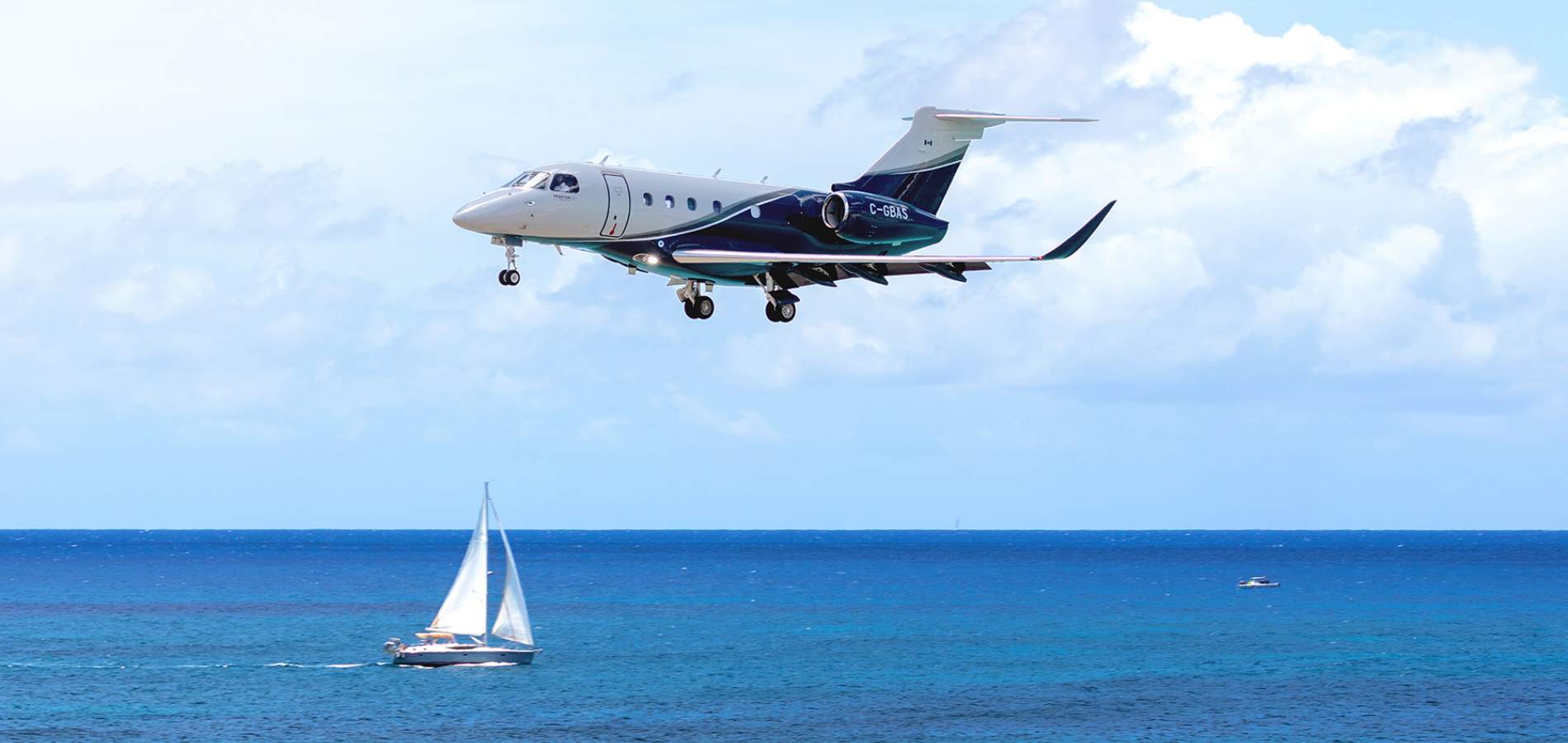Thinking of purchasing your own jet? From order to acquisition, here’s an informative breakdown of the steps involved.
It can take years to prepare for the arrival of an aircraft, all leading up to one of the most exciting days for any new owner—delivery day. But what many don't realize is that the process of accepting a whole aircraft is complicated and often can be overwhelming. In AirSprint's case, a purchase involves every department in the company, from sales to finance and flight operations to maintenance.
"We have an excellent relationship with Cessna and Embraer. They produce great airplanes all the time," said James Elian, President & CEO of AirSprint. "AirSprint has very high standards, and my understanding is that both OEMs have added additional steps to the process for us. This results in an even higher-quality aircraft."
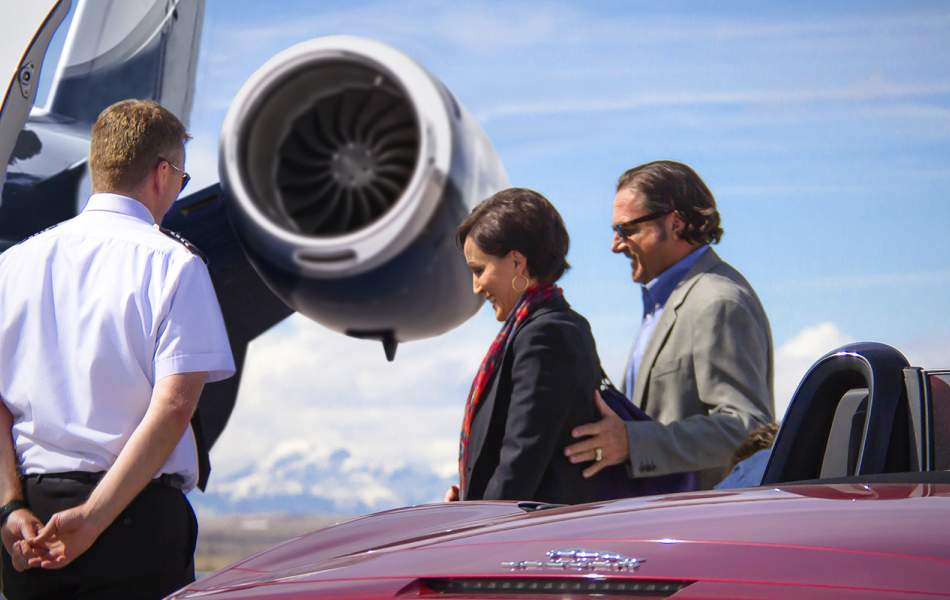
Many Have Made The Move To Private Aviation
The onset of the COVID pandemic has seen a lot of people who could always afford to fly privately, but couldn’t justify it, to move towards private aviation. Airlines were hit hard due to government restrictions and because of that we’ve seen a real impact on airline frequency and route structure. It made a lot of travel more inconvenient. The private aviation market has expanded by around 30 per cent overall in Canada.
Executive Summary
Pre-pandemic, only 10 per cent of those who could afford to fly privately were actually doing so, according to specialized aviation services provider ARGUS.
Now, whether driven by health considerations associated with COVID-19 or frustration with reduced airline service, many people are turning to private aviation to get where they want to go. Whether it’s an executive who needs that timely face-to-face meeting to seal an important deal, or a successful entrepreneur and their family who are planning a quick long-weekend getaway, private aviation offers both the flexibility and the capability to address every travel need.
In fact, industry analysts at ARGUS’s TRAQPak division reported that the North American market recorded more than 321,000 flights in March 2022—representing a yearly gain of 18.2 per cent over the same month last year. This March, activity in Canada and the Caribbean showed a combined increase of 30.4 per cent compared to February 2022’s numbers. Across all private aviation segments, numbers were trending positively, and analysts expect that climb to continue.
With all of this demand, newcomers to private aviation must start somewhere, and most of them begin by testing their wings with on-demand aircraft charters. Once they realize the many benefits that come with flying private, they’re ready to consider buying their own plane.
At that point, they have two choices: whole or fractional aircraft ownership.
Just as it sounds, whole ownership involves an individual or a company purchasing their own aircraft, which will be reserved solely for their use. On the other hand, fractional ownership delivers all of the benefits of whole ownership, while buying only a share in a private jet—with access guaranteed in as little as 24 hours.
![]()
While each model enables you to travel wherever and whenever you desire, there are significant differences between whole and fractional aircraft ownership. Many of those differences will become evident as soon as you take the first steps towards acquiring an aircraft.
This paper examines the initial phase of sourcing, acquiring and onboarding an aircraft through the lens of the experts at AirSprint Private Aviation, Canada’s largest and leading provider of fractional aircraft ownership solutions.
Demand Rising
According to James Elian, President & CEO of AirSprint, the company’s fleet of Cessna Citation and Embraer Praetor and Legacy jets has grown by 50 per cent since the pandemic began in 2020.
“The onset of the COVID pandemic has seen a lot of people who could always afford to fly privately, but couldn’t justify it, to move towards private aviation,” he confirmed. “Airlines were hit hard due to government restrictions and because of that we’ve seen a real impact on airline frequency and route structure. It made a lot of travel more inconvenient. The private aviation market has expanded by around 30 per cent overall in Canada.”
With such high demand for both new and used aircraft, Elian said AirSprint must carefully forecast its future needs.
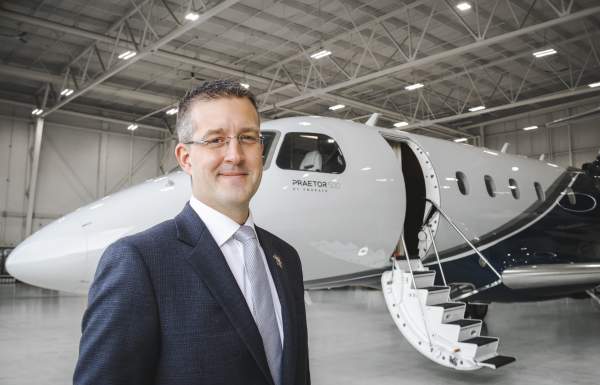
James Elian, President & CEO of AirSprint with one of the company's three Embraer Praetor 500 aircraft.
“For the last few decades, you could often get an aircraft within six months. Today, the wait can be in excess of two years. It varies, with each OEM [original equipment manufacturer] being a little bit different.”
In the past, pre-owned aircraft presented a viable and affordable option for operators who needed another jet quickly. But Elian said that prices for used aircraft have skyrocketed due to high demand. In some cases, pre-owned airplanes are priced higher than comparable new machines—simply because they are available now.
He explained that prospective owners must be wary of paying too much in today’s hot market. In a cyclical environment such as aviation, it’s absolutely essential to do your research and obtain expert advice before proceeding with any purchase.
Elian said AirSprint, which has 22 years of fractional ownership experience, is planning to acquire at least seven aircraft over the next 18 months. Currently, five aircraft are pre-sold and waitlists for two more are filling up.
“It basically doubles our fleet over a four-year period,” he said of the increased demand.
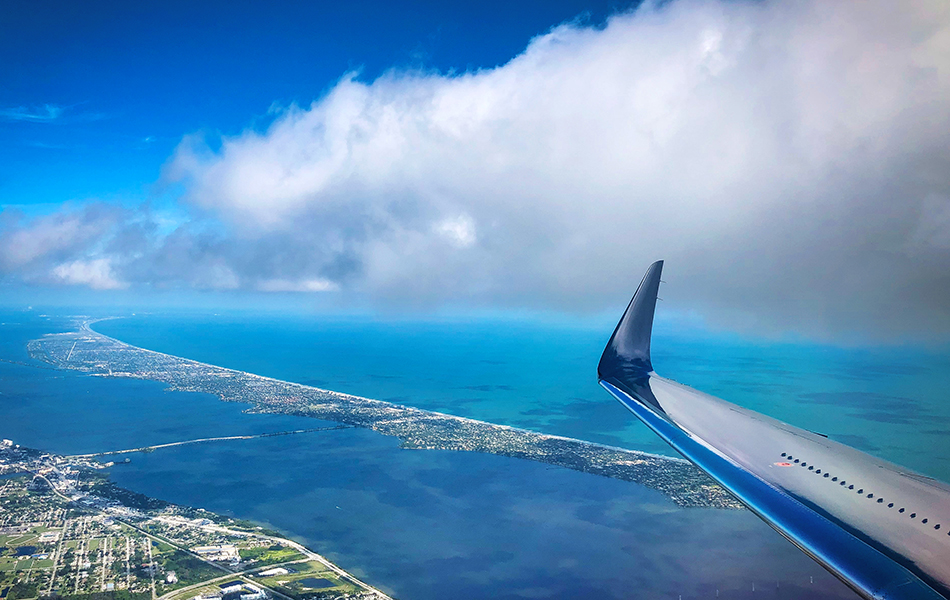
22 Years Of Fractional Ownership Experience
“We always like taking delivering of a new airplane. But for us, it really is part of the business. We have a responsibility to inspect that aircraft and make sure it’s as good as possible for our Owners, so it can join the fleet right away. The overall experience is quite business-like. We’re all there to accomplish a task.”
James Elian, President & CEO, AirSprint
Acquisition Timeline
Here, AirSprint’s James Elian breaks down the onboarding process for a new Cessna Citation or Embraer Praetor jet.

-
How does AirSprint forecast demand and order aircraft accordingly?
Forecasting has always been a critically important part of AirSprint operations. Companies can get into trouble if they order aircraft and demand is not there. We look at several factors: How big is our waiting list? What is our average closing ratio? What interactions are we having through our website and sales people?
-
In general, how long is the window between placing the order and bringing the jet online?
From the time we order the plane until delivery, the wait depends on the type. Today, Citations are about 12 months from order to delivery. The Embraer products are closer to two years. Normal timelines are usually around half of that.
-
How are you involved, step by step?
We are constantly looking forward. I’m working with the sales team to understand what our demand is, and working with the finance team to understand financial commitments we have. I work with suppliers and manufacturers to understand aircraft availability and pricing. Together, we put forecasts together with various assumptions. We want to understand the financial risk involved with ordering an airplane. Then, I get board approval for the purchase.
-
How do your relationships with OEMs benefit the company in the current business climate?
If we are forecasting well and have built the orders in with OEMs, owners can get aircraft more quickly. In today’s environment, there is a long lineup. It’s less about getting preferential slot timing and more due to the fact that we simply do this a lot. We can move quickly because we order several jets at once. We’ve done this 40 to 50 times in our 22 years.
-
How would this process compare to an individual ordering their own jet?
We have had individuals reach out to us before and we are always happy to provide some guidance. We have heard some stories about single owners who expect to show up and take their jet home immediately. OEMs do their best to walk everyone through the process, but some challenges can come up. From a regulatory standpoint, when trying to bring an aircraft into Canada, you can buy it but you might not be able to fly it for a while. Understanding the regulatory process is critical. Our team brings a level of expertise that can really streamline the process.
Delivery Day
It can take years to prepare for the arrival of an aircraft, all leading up to one of the most exciting days for any new owner—delivery day. But what many don’t realize is that the process of accepting an aircraft can take as long as a week. In AirSprint’s case, a purchase involves every department in the company, from sales to finance and flight operations to maintenance.

When it’s time to take delivery of a new jet, it’s a team effort at AirSprint. And, the team goes to the jet—not the other way around.
Chris Foley, Director of Maintenance, said the process is complicated and begins long before the aircraft is ready for pickup.
“There are lots of variables between new and used aircraft, or if it’s the first of a type at the company,” he said. “If it’s a new type for us, the first step is to make sure it’s eligible to be imported into Canada. We check to see if the aircraft meets all requirements on what’s called a type certification data sheet."
“Next, from an AMO (aircraft maintenance organization) standpoint, we need to apply to Transport Canada to add the aircraft type to our AMO, so we are approved to work on it. That means having the right equipment and trained personnel to provide maintenance services—buying tooling, obtaining spare parts, booking approved staff training. We work closely with Transport Canada during this time.”
When all of this advance work has been done, Foley said it’s time to acquire the aircraft. If it’s used, the AirSprint team will do a thorough pre-purchase inspection. If it’s new, it’s a waiting game for it to be built. When the OEM says it’s ready, the AirSprint acceptance team generally includes three representatives who travel to the manufacturer’s facilities.
Adam Fallwell, Director of Flight Operations, is usually one of the team members travelling with Foley.
“The first thing I think about is that I’m not accepting this aircraft for myself or AirSprint,” said Fallwell. “I’m accepting it on behalf of our fractional owners. I want to be sure it meets their expectations.”
He described how the aircraft acceptance process works at the OEM facility.
“We do a walk-around when we get there, looking for any big issues. Then we take it for an acceptance flight. We look at every aspect of the plane, running through every single system individually to make sure it works. Basically, I start at the left side of the cockpit and work right, testing every single function. There are people in the back looking at cabin amenities, testing the sound system, chairs, table trays, flushing the toilets, going through it with a fine-toothed comb.”
While the OEM generally provides an in-flight checklist, AirSprint has developed its own list for acceptance flights. Post-flight, Fallwell said the group returns to the hangar, where AirSprint completes a thorough ground inspection.
From a maintenance perspective, Foley said the team checks paint, placards, looks for small defects and ensures everything meets Canadian requirements.
“We make sure it’s airworthy, all systems work, there are no issues from an airworthiness perspective. We oversee the C-registration for Canada, reprogram the avionics, subscribe to all necessary subscriptions, register the ELT on the correct site, and start the importation process.”
Anything that is found lacking is added to a list for the OEM to fix before the team departs.
“It’s about a three-day process if things go well,” said Fallwell. “We have to get the aircraft registered with Transport Canada, put it on our operating certificate, ensure it’s registered with lots of authorities—some things take a bit longer to do.”
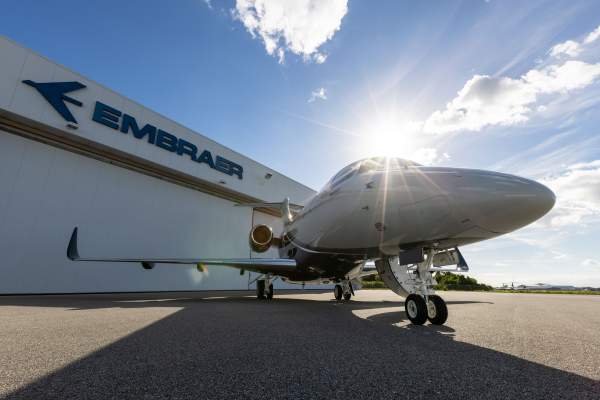
Acceptance of Embraer Praetor 500 in Melbourne, Florida.
In the case of a pre-owned aircraft, Foley said the team checks all documentation to ensure modifications and repairs were done according to the correct regulations. They look at airworthiness directives, time limited components and the entire maintenance history, building an airworthiness data package for Transport Canada approval. All together, the importation process involves a checklist of perhaps 150 items.
“I don’t know how many planes I’ve imported, so I’m comfortable with it now,” said Foley. “You get used to it. But the first time I did it, I was stressed.”
Fallwell has also onboarded multiple aircraft. Each time, he sits down in the customer’s seat and simply looks around.
“I’m looking for imperfections. An owner accepting their own aircraft will look hard, but they are typically not flying the jet themselves. You have to have some repetition there in terms of being efficient—we are practised. The senior team at AirSprint has been here for a long time.”
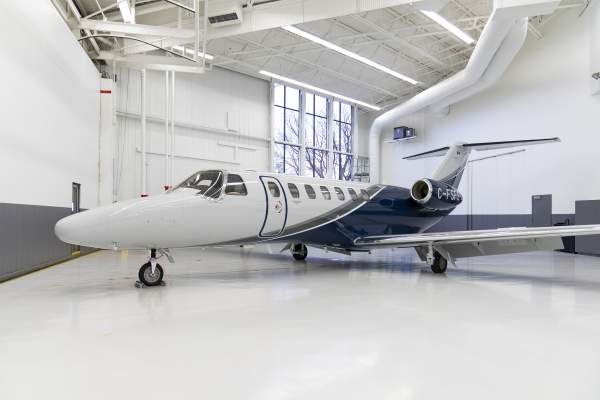
Acceptance of Cessna Citation CJ3+ in Wichita, Kansas.
Both Foley and Fallwell agree that an individual owner would have a difficult time acquiring all the necessary knowledge to import their aircraft.
“I think they would take it to a management company, but that company still needs to go through all these steps with the Owner,” noted Foley. “It’s a crazy amount of work. Our knowledge, expertise and industry relationships help us to do things very efficiently and safely.”
Added Fallwell: “If you’re doing it on your own, you can hire people to manage it. But again, the advantage we have is the fleet experience. We know these aircraft and have more hours on them than many of the OEM test pilots. Some of our pilots have 3,000 hours on these types.”
When a new addition to the AirSprint fleet does fly home to the company’s Calgary headquarters, it is customized with special touches, such as curated commissary supplies. After that, the jet is finally ready to welcome its Owners aboard.
Fractional Attraction
Fractional ownership offers all the conveniences of private flying—including customized schedules, destinations and services—combined with the turn-key aspect of simply showing up for a commercial airline flight.
“At AirSprint, you have nothing to do,” said James Elian. “You sign a contract, book a flight and off you go. You show up and there are pilots. If you buy a whole aircraft, you can hire pilots or you can find a management company. Even then, interactions between an owner and their management company can be quite frequent. In a fractional model, you never hear about the many small decisions that go along with aircraft ownership.”
Elian pointed out some additional differences between whole and fractional ownership.
√ Cost of Ownership: If you own the whole aircraft, you pay for all of the related costs, including the initial purchase price and all of the fixed costs. If something breaks, the Owner is on the hook, although that risk can be somewhat mitigated by parts and engine programs. With fractional, there is no risk associated with big maintenance bills—if a part breaks, Owners don’t even know about it. It’s all included in their fixed contract fees.
√ Volume Discounts: A large fractional operator like AirSprint enjoys significant volume discounts for things like aircraft insurance and fuel purchases. With 24* jets currently in operation, AirSprint can pass those savings along to its Owners. To illustrate, Elian pointed out that AirSprint logged 30,000 hours of flying in 2021, while most single-owner aircraft average around 250 hours per year.
√ No Downtime: Single Owners may be frustrated when their aircraft has to go into the shop for lengthy inspections or scheduled repairs. However, AirSprint Fractional Owners are simply booked on a similar company aircraft and their travel plans continue uninterrupted.
√ Substitutions Allowed: AirSprint Fractional Owners can switch to a larger aircraft or downsize to a smaller platform when needed.
√ Empty Leg Exclusive for AirSprint Fractional Owners: Take advantage of empty leg flights (where a jet is operating with no one on board) at a special flat rate within Canada and the continental U.S.—with absolutely no deduction from your annual package of hours.

*As of April 26th, 2022
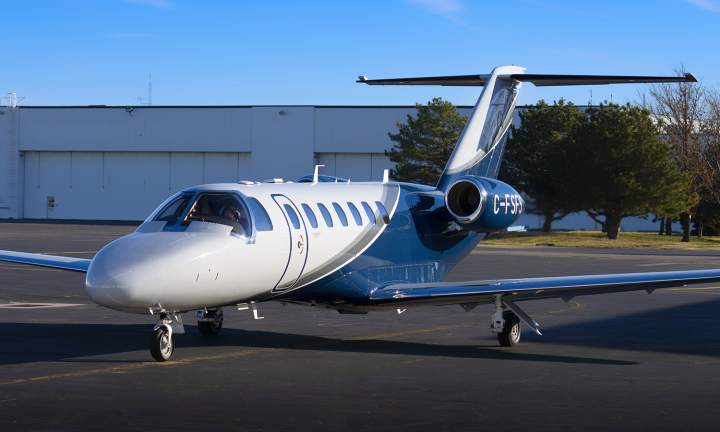
OEM Q & A : Textron Aviation
Jason Goeken is VP, Customer Accounts & Delivery, with Textron Aviation. The Textron Aviation family of aircraft includes the Cessna Citation line, which is a pillar of the AirSprint fleet.
Go To Interview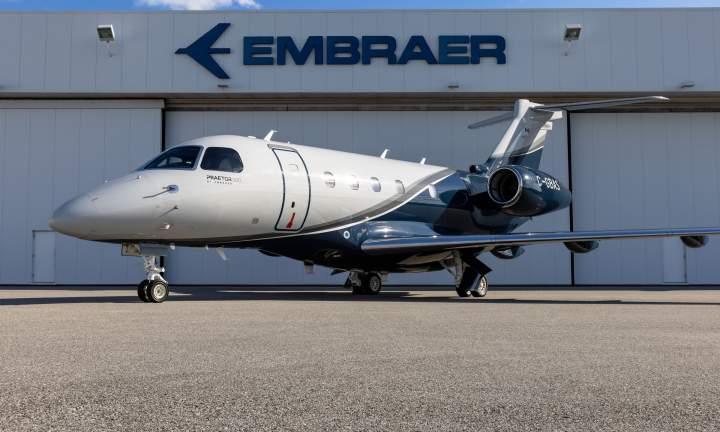
OEM Q & A: Embraer Executive Jets
Mark Van Zwoll is VP, Fleet and Special Missions Sales, with Embraer Executive Jets. Embraer manufacturers the second aircraft family in the AirSprint offering: Praetor and Legacy jets.
Go To InterviewConclusion
Buying a private aircraft, especially in today’s hot market, is no trivial matter.
When considering your ownership options, think about the amount of time you want to devote to managing your new asset. Do you prefer to be involved in routine decisions about maintenance, operations and crew hiring? Or, would you rather take a hands-off approach, merely calling ahead and then showing up at the airport for your flight?
Whole aircraft ownership and fractional aircraft ownership both allow you to travel safely and privately according to your own schedule. But there are many differences. Whole ownership involves more decision-making and greater financial risk, while fractional ownership guarantees access to your aircraft and shields you from some of the unexpected high costs that can come with an aircraft.
No matter which way you go, take the time to research and find experts who can assist you with the process. Acquiring an aircraft is definitely not a do-it-yourself endeavour!
AirSprint is the pioneer of fractional aircraft ownership in Canada, bringing 22 years of experience to the table to help you make the decision that is best for you.
Contact the AirSprint team to begin your journey.
Questions about Fractional Jet Ownership?
© 2022 AirSprint Inc. All rights reserved. This paper was produced for AirSprint by Mustang Media Writing & Editorial Services
